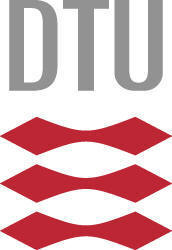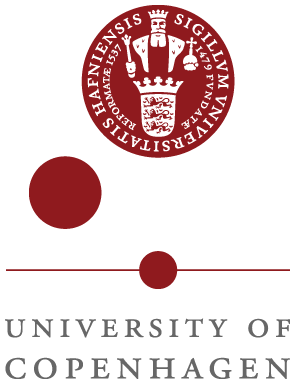Preliminary programme
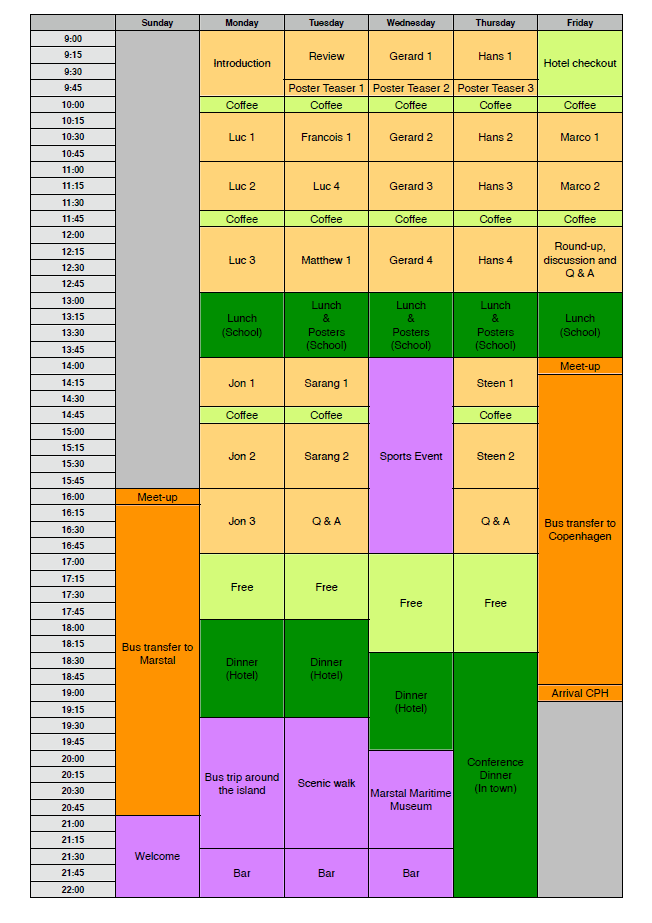
| Initials | Full name | Affiliation | Expected topics |
| HK | Hans Knutsson | Linköping | Structure tensors in images, volumes and volume sequences. Design of multidimensional filter sets, and local tensor estimation. |
| LF | Luc Florack | Eindhoven, Netherlands | Differential geometry (Euclidian, Riemannian and Finsler). Applications to brain DWI. |
| GM | Gerard Medioni | USC, USA | Tensor voting. Applications to image understanding, video tracking. |
| SJ | Sarang Joshi | Utah, USA | Riemannian geometry, symmetric spaces, geodesic analysis. Applications to brain DWI |
| SM | Steen Markvorsen | DTU, Denmark | Finsler metric fields. Constrained/submanifold diffusion processes. |
| JS | Jon Sporring | DIKU, Denmark | Cartan’s method of moving frames for heart DWI. |
| ML | Marco Loog | Eindhoven, Netherlands & DIKU, Denmark | Image saliency. Non-commutative PCA on deformation and/or stress tensor fields. |
| FL | Francois Lauze | DIKU, Denmark | Background maths for differential geometry and tensor fields. |
| MGL | Matthew G. Liptrot | DIKU, Denmark | Brain DWIs |
Last updated: June 19, 2013
Speaker biographies
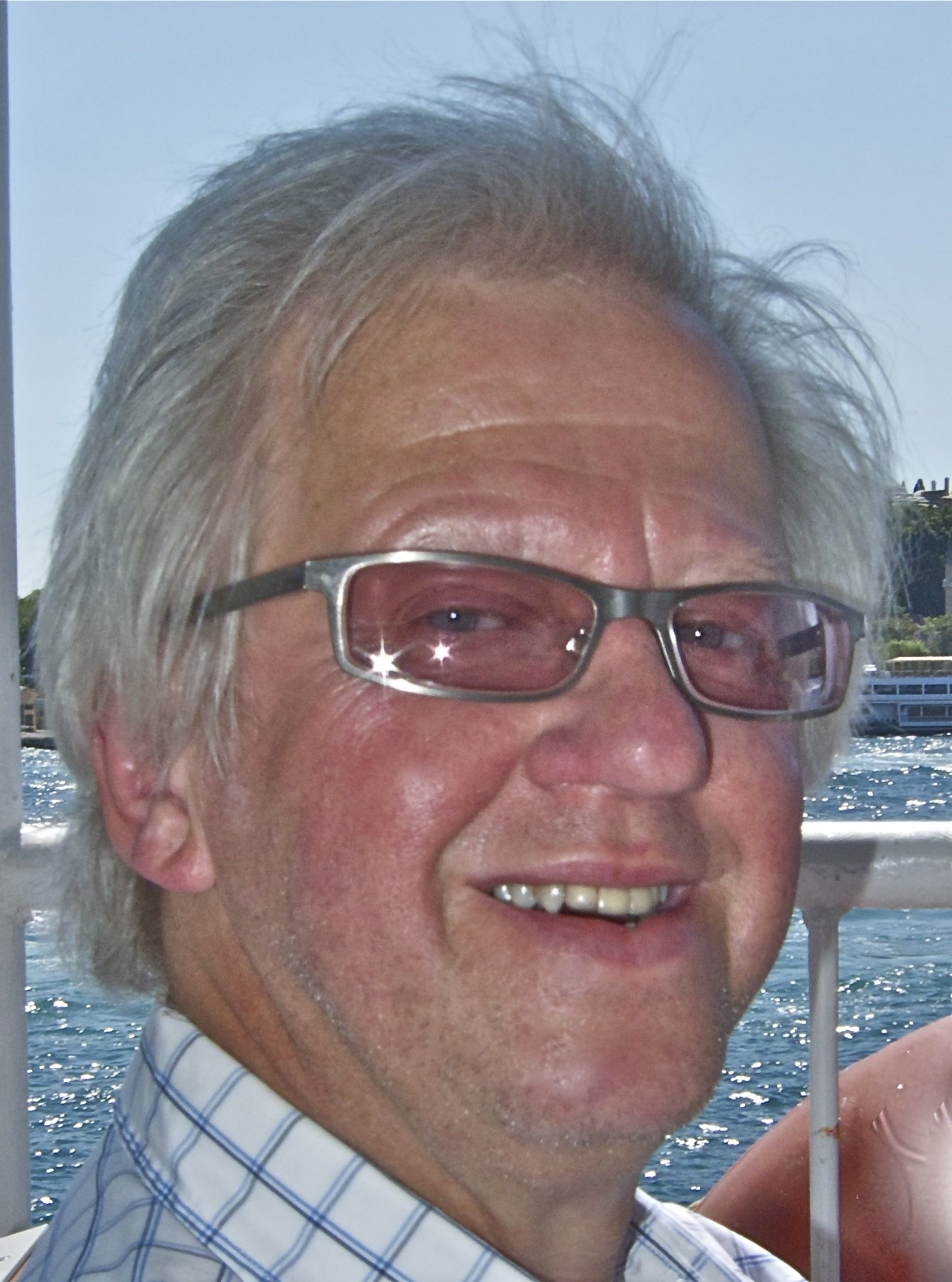 Hans Knutsson has more than 300 publications in image processing and machine learning. The 10 most cited have a total of more than 2300 citations, h-index = 32. He is one of the founding members of CMIV - the Center for Image Science and Visualization. He has been, or is, the superviser of 18 PhD students.
He obtained his PhD in 1982. In 1984 - 1986 he held a Postdoctoral Fellowship position at the Rockefeller University Neurobiology Laboratory headed by Nobel Laureate Torsten Wiesel. He suggested and developed a novel method of representation and estimation of local structure of multi-dimensional signals using tensors and tensor fields. A result of this research was a method for handling irregularly sampled and uncertain data termed 'Normalized Convolution'. Advanced spatio-temporal filtering, registration and segmentation techniques continues to be the main targets of his research. In magnetic resonance imaging (MRI) he introduced Canonical Correlation based fMRI analysis. More recent important results are: MRI-reconstruction of beating heart-sequences, real-time fMRI brain-computer interface and 4D denoising of medical image data. In collaboration with LMI, the Laboratory for Mathematics in Imaging at Harvard Medical School and the Surgical Planning Laboratory in Boston he has also started a new line of research aiming at developing a common theoretical framework for sampling, representation and visualization of in vivo diffusion processes using MRI.
Hans Knutsson has more than 300 publications in image processing and machine learning. The 10 most cited have a total of more than 2300 citations, h-index = 32. He is one of the founding members of CMIV - the Center for Image Science and Visualization. He has been, or is, the superviser of 18 PhD students.
He obtained his PhD in 1982. In 1984 - 1986 he held a Postdoctoral Fellowship position at the Rockefeller University Neurobiology Laboratory headed by Nobel Laureate Torsten Wiesel. He suggested and developed a novel method of representation and estimation of local structure of multi-dimensional signals using tensors and tensor fields. A result of this research was a method for handling irregularly sampled and uncertain data termed 'Normalized Convolution'. Advanced spatio-temporal filtering, registration and segmentation techniques continues to be the main targets of his research. In magnetic resonance imaging (MRI) he introduced Canonical Correlation based fMRI analysis. More recent important results are: MRI-reconstruction of beating heart-sequences, real-time fMRI brain-computer interface and 4D denoising of medical image data. In collaboration with LMI, the Laboratory for Mathematics in Imaging at Harvard Medical School and the Surgical Planning Laboratory in Boston he has also started a new line of research aiming at developing a common theoretical framework for sampling, representation and visualization of in vivo diffusion processes using MRI.
More info: http://www.imt.liu.se/people/knutte/
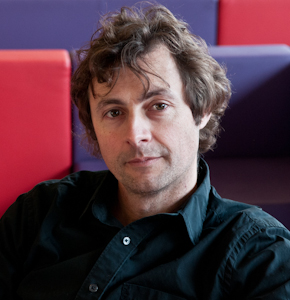 Luc Florack received his MSc degree in theoretical physics in 1989 and his PhD degree in 1993 (cum laude, top 2%) at Utrecht University, The Netherlands, under the supervision of professor Max Viergever and professor Jan Koenderink. During the period 1994-1995 he was an ERCIM/HCM research fellow at INRIA Sophia-Antipolis, France, with professor Olivier Faugeras, and at INESC Aveiro, Portugal, with professor Antonio Sousa Pereira. In 1996 he was an assistant research professor at DIKU, Copenhagen, Denmark, with professor Peter Johansen, on a grant from the Danish Research Council. In 1997 he returned to Utrecht University, were he became an assistant research professor at the Department of Mathematics and Computer Science. In 2001 he moved to Eindhoven University of Technology, Department of Biomedical Engineering, where he became an associate professor in 2002. In 2007 he was appointed full professor at the Department of Mathematics and Computer Science, establishing the chair of Mathematical Image Analysis, but he retained a part-time professorship at the former department. His research covers mathematical models of structural aspects of signals, images, and movies, particularly multiscale and differential geometric representations and their applications, with a focus on complex magnetic resonance images for cardiological and neurological applications. In 2010, with support of the Executive Board of Eindhoven University of Technology, he founded the Imaging Science & Technology research group (IST/e), a cross-divisional collaboration involving several academic groups on image acquisition, biomedical and mathematical image analysis, visualization and visual analytics.
Luc Florack received his MSc degree in theoretical physics in 1989 and his PhD degree in 1993 (cum laude, top 2%) at Utrecht University, The Netherlands, under the supervision of professor Max Viergever and professor Jan Koenderink. During the period 1994-1995 he was an ERCIM/HCM research fellow at INRIA Sophia-Antipolis, France, with professor Olivier Faugeras, and at INESC Aveiro, Portugal, with professor Antonio Sousa Pereira. In 1996 he was an assistant research professor at DIKU, Copenhagen, Denmark, with professor Peter Johansen, on a grant from the Danish Research Council. In 1997 he returned to Utrecht University, were he became an assistant research professor at the Department of Mathematics and Computer Science. In 2001 he moved to Eindhoven University of Technology, Department of Biomedical Engineering, where he became an associate professor in 2002. In 2007 he was appointed full professor at the Department of Mathematics and Computer Science, establishing the chair of Mathematical Image Analysis, but he retained a part-time professorship at the former department. His research covers mathematical models of structural aspects of signals, images, and movies, particularly multiscale and differential geometric representations and their applications, with a focus on complex magnetic resonance images for cardiological and neurological applications. In 2010, with support of the Executive Board of Eindhoven University of Technology, he founded the Imaging Science & Technology research group (IST/e), a cross-divisional collaboration involving several academic groups on image acquisition, biomedical and mathematical image analysis, visualization and visual analytics.
More info: http://www.iste.nl
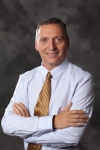 Gerard Medioni is a Professor at the Institute for Robotics and Intelligence Systems, University of Southern California, from where he also received his Master and PhD degrees in Computer Science in 1980 and 1983 respectively. He serves as Associate Editor of both the International Journal of Image and Video Processing (IJIVP), and the International Journal of Computer Vision (IJCV), and is an Advisory Board Member of IEEE Transactions on Pattern Analysis and Machine Intelligence (PAMI). He is a Fellow of the Institute of Electrical and Electronics Engineers (IEEE), the International Association for Pattern Recognition (IAPR) and the Association for the Advancement of Artificial Intelligence. He has written several books, including "Tensor Voting" (together with Phillipos Mordohai, 2006, ISBN 1598291009) and book chapters, and currently holds 15 patents in the field of imaging and computer vision.
Gerard Medioni is a Professor at the Institute for Robotics and Intelligence Systems, University of Southern California, from where he also received his Master and PhD degrees in Computer Science in 1980 and 1983 respectively. He serves as Associate Editor of both the International Journal of Image and Video Processing (IJIVP), and the International Journal of Computer Vision (IJCV), and is an Advisory Board Member of IEEE Transactions on Pattern Analysis and Machine Intelligence (PAMI). He is a Fellow of the Institute of Electrical and Electronics Engineers (IEEE), the International Association for Pattern Recognition (IAPR) and the Association for the Advancement of Artificial Intelligence. He has written several books, including "Tensor Voting" (together with Phillipos Mordohai, 2006, ISBN 1598291009) and book chapters, and currently holds 15 patents in the field of imaging and computer vision.
 Dr. Sarang Joshi joined the Scientific Computing and Imaging Institute, University of Utah as an Associate Professor of the Department of Bio Engineering in 2006. Before this, Dr. Joshi was an Assistant Professor of Radiation Oncology and an Adjunct Assistant Professor of Computer Science at the University of North Carolina in Chapel Hill. Prior to joining Chapel Hill Dr. Joshi was Director of Technology Development at IntellX, a Medical Imaging start-up company which was later acquired by Medtronic. Sarang’s research interests are in the field of Computational Anatomy, the principal aim of which is the development of specialized mathematical and computational tools for the precise study of anatomical variability and the application of these tools for improved medical treatment, diagnosis and understanding of disease. In 2005 he spent a year on sabbatical at DKFZ (German Cancer Research Center) in Heidelberg, Germany, as a visiting scientist in the Department of Medical Physics where he focused on developing four dimensional radiation therapy approaches for improved treatment of Prostate and Lung Cancer. He was also one of the founding partner of Morphormics, Inc. which was recently acquired by Accuray. He has won numerous awards including the 2007 David Marr Best Paper Award, The international journal Signal Processing 2010 Most cited paper Award, and MICCAI 2010 Best of the Journal Issue Award.
He holds numerous patents in the area of image registration and segmentation.
Dr. Sarang Joshi joined the Scientific Computing and Imaging Institute, University of Utah as an Associate Professor of the Department of Bio Engineering in 2006. Before this, Dr. Joshi was an Assistant Professor of Radiation Oncology and an Adjunct Assistant Professor of Computer Science at the University of North Carolina in Chapel Hill. Prior to joining Chapel Hill Dr. Joshi was Director of Technology Development at IntellX, a Medical Imaging start-up company which was later acquired by Medtronic. Sarang’s research interests are in the field of Computational Anatomy, the principal aim of which is the development of specialized mathematical and computational tools for the precise study of anatomical variability and the application of these tools for improved medical treatment, diagnosis and understanding of disease. In 2005 he spent a year on sabbatical at DKFZ (German Cancer Research Center) in Heidelberg, Germany, as a visiting scientist in the Department of Medical Physics where he focused on developing four dimensional radiation therapy approaches for improved treatment of Prostate and Lung Cancer. He was also one of the founding partner of Morphormics, Inc. which was recently acquired by Accuray. He has won numerous awards including the 2007 David Marr Best Paper Award, The international journal Signal Processing 2010 Most cited paper Award, and MICCAI 2010 Best of the Journal Issue Award.
He holds numerous patents in the area of image registration and segmentation.
More info: http://www.bioen.utah.edu/directory/profile.php?userID=252
 Steen Markvorsen was appointed Professor at the Department of Applied Mathematics and Computer Science, Technical University of Denmark in 1998. His research interests include geometry and differential geometry with special emphasis on diffusion related processes in doubly curved surfaces.
Steen Markvorsen was appointed Professor at the Department of Applied Mathematics and Computer Science, Technical University of Denmark in 1998. His research interests include geometry and differential geometry with special emphasis on diffusion related processes in doubly curved surfaces.
More info: http://www2.mat.dtu.dk/people/S.Markvorsen/
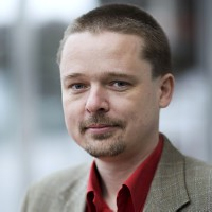 Jon Sporring received his Master and Ph.D. degree from the Department of Computer Science, University of Copenhagen, Denmark in 1995 and 1998, respectively. Part of his Ph.D. program was carried out at IBM Research Center, Almaden, California, USA. Following his Ph.D, he worked as a visiting researcher at the Computer Vision and Robotics Lab at Foundation for Research & Technology - Hellas, Greece, and as assistant research professor at 3D-Lab, School of Dentistry, University of Copenhagen. Since 2003 he has been employed as associate professor at the Department of Computer Science, University of Copenhagen. From 2008-2009 he was part-time Senior Researcher at Nordic Bioscience a/s. In the period 2007-2012 he was Vice-Chair for Research at Department of Computer Science, and since 2012 he is a visiting professor at School of Computer Science, McGill University, Montreal, Canada. His main topics of research are image processing and computer graphics.
Jon Sporring received his Master and Ph.D. degree from the Department of Computer Science, University of Copenhagen, Denmark in 1995 and 1998, respectively. Part of his Ph.D. program was carried out at IBM Research Center, Almaden, California, USA. Following his Ph.D, he worked as a visiting researcher at the Computer Vision and Robotics Lab at Foundation for Research & Technology - Hellas, Greece, and as assistant research professor at 3D-Lab, School of Dentistry, University of Copenhagen. Since 2003 he has been employed as associate professor at the Department of Computer Science, University of Copenhagen. From 2008-2009 he was part-time Senior Researcher at Nordic Bioscience a/s. In the period 2007-2012 he was Vice-Chair for Research at Department of Computer Science, and since 2012 he is a visiting professor at School of Computer Science, McGill University, Montreal, Canada. His main topics of research are image processing and computer graphics.
More info: http://image.diku.dk/sporring/
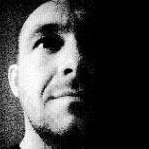 Marco Loog received an MSc degree in mathematics from Utrecht University and in 2004 a PhD degree from the Image Sciences Institute for the development and improvement of contextual statistical pattern recognition methods and their use in the processing and analysis of images. He subsequently moved to Copenhagen where he acted as assistant and, eventually, associate professor, next to which he worked as a research scientist at Nordic Bioscience. In 2008 Marco moved to Delft University of Technology, where he now works as an assistant professor in the Pattern Recognition Laboratory. He is currently chair of Technical Committee 1 of the IAPR, holds several associate editorships, is honorary full professor in pattern recognition at the University of Copenhagen, and is also affiliated with the Imaging Science & Technology research group (IST/e) of Eindhoven University of Technology. Marco's research interests include multiscale image analysis, semi-supervised and multiple instance learning, saliency, computational perception, the dissimilarity approach, and black math.
Marco Loog received an MSc degree in mathematics from Utrecht University and in 2004 a PhD degree from the Image Sciences Institute for the development and improvement of contextual statistical pattern recognition methods and their use in the processing and analysis of images. He subsequently moved to Copenhagen where he acted as assistant and, eventually, associate professor, next to which he worked as a research scientist at Nordic Bioscience. In 2008 Marco moved to Delft University of Technology, where he now works as an assistant professor in the Pattern Recognition Laboratory. He is currently chair of Technical Committee 1 of the IAPR, holds several associate editorships, is honorary full professor in pattern recognition at the University of Copenhagen, and is also affiliated with the Imaging Science & Technology research group (IST/e) of Eindhoven University of Technology. Marco's research interests include multiscale image analysis, semi-supervised and multiple instance learning, saliency, computational perception, the dissimilarity approach, and black math.
More info: http://www.iste.nl
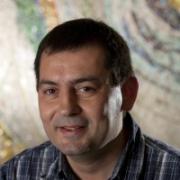 Francois Lauze is Associate Professor in the Image Group at the Department of Computer Science, University of Copenhagen. His primary research areas include mathematical image analysis, including variational and partial differential equations methods, with applications to image in-painting (still and video), motion estimation in image sequences, segmentation, video format conversion. He also works on differential and Riemannian geometric methods for shape analysis applied to anatomical structures extracted from X-ray and other medical imaging modalities.
Francois Lauze is Associate Professor in the Image Group at the Department of Computer Science, University of Copenhagen. His primary research areas include mathematical image analysis, including variational and partial differential equations methods, with applications to image in-painting (still and video), motion estimation in image sequences, segmentation, video format conversion. He also works on differential and Riemannian geometric methods for shape analysis applied to anatomical structures extracted from X-ray and other medical imaging modalities.
More info: http://www.diku.dk/
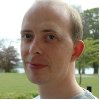 Matthew Liptrot received his BEng (Electrical and Electronic Engineering) and MSc (Biomedical Engineering) degrees from Imperial College, London in 1993 and 1994 respectively. After working as a research assistant for many years at the Danish Technical University (DTU), at the Copenhagen University Hospital Rigshospital and then at the Danish Research Centre for Magnetic Resonance (DRCMR) on the analysis of fMRI, structural MRI and PET data, he moved into the field of diffusion MRI in 2008. He obtained his PhD, also from Imperial College London, in 2011, and is now a post doc at the Image Group, Department of Computer Science, Copenhagen University, where he is working on advanced applications of DWI.
Matthew Liptrot received his BEng (Electrical and Electronic Engineering) and MSc (Biomedical Engineering) degrees from Imperial College, London in 1993 and 1994 respectively. After working as a research assistant for many years at the Danish Technical University (DTU), at the Copenhagen University Hospital Rigshospital and then at the Danish Research Centre for Magnetic Resonance (DRCMR) on the analysis of fMRI, structural MRI and PET data, he moved into the field of diffusion MRI in 2008. He obtained his PhD, also from Imperial College London, in 2011, and is now a post doc at the Image Group, Department of Computer Science, Copenhagen University, where he is working on advanced applications of DWI.
More info: http://about.me/matthewliptrot
